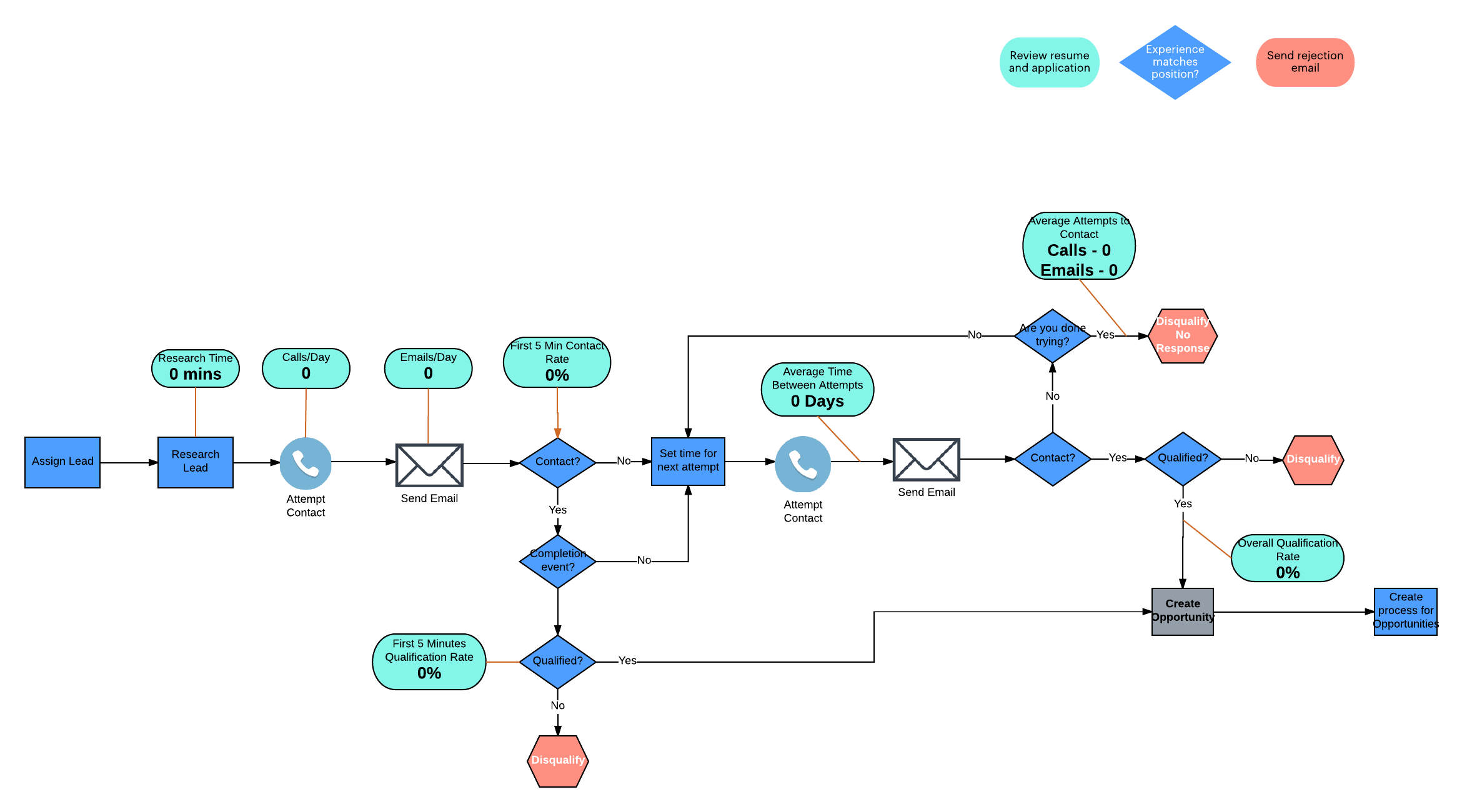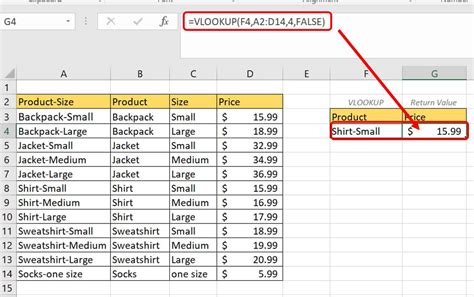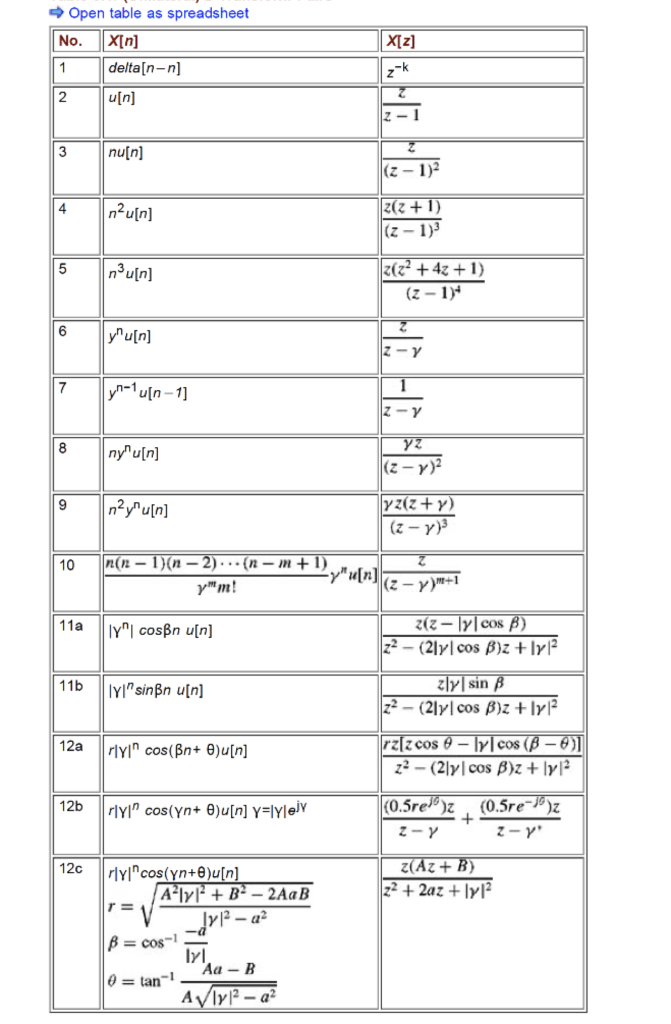Top KPIs to Measure Press Success and Impact

In the fast-paced world of public relations (PR), measuring the success and impact of press efforts is crucial for demonstrating value, refining strategies, and securing stakeholder buy-in. While traditional metrics like media impressions and clip counts still hold value, modern PR professionals must adopt a more sophisticated approach to key performance indicators (KPIs) that align with broader business goals. Below, we explore the top KPIs to measure press success and impact, combining qualitative and quantitative metrics to provide a holistic view of PR performance.
1. Media Impressions
What it measures: The total number of people potentially exposed to a press release, article, or media mention.
Why it matters: Impressions quantify reach, indicating how widely your message has been disseminated.
How to track: Use media monitoring tools like Cision, Meltwater, or Google Analytics to measure audience size across print, digital, and broadcast platforms.
2. Share of Voice (SOV)
What it measures: Your brand’s media coverage compared to competitors within the same industry or topic.
Why it matters: SOV highlights your brand’s prominence in the media landscape and identifies opportunities to outpace competitors.
How to track: Analyze media mentions of your brand versus competitors using tools like Brandwatch or Talkwalker.
3. Media Sentiment Analysis
What it measures: The tone of media coverage (positive, neutral, or negative).
Why it matters: Sentiment reflects how your brand is perceived and whether press efforts are shaping public opinion favorably.
How to track: Leverage AI-powered tools like Lexalytics or Reputation.com to analyze the emotional tone of articles and mentions.
4. Website Traffic from Press Coverage
What it measures: The number of visitors driven to your website via press mentions or backlinks.
Why it matters: Links direct audiences to your owned channels, fostering deeper engagement and potential conversions.
How to track: Use UTM parameters in press links and monitor traffic sources in Google Analytics.
5. Social Media Engagement
What it measures: Likes, shares, comments, and mentions generated by press coverage on social platforms.
Why it matters: Social engagement amplifies reach and demonstrates how well your message resonates with audiences.
How to track: Track hashtags, brand mentions, and engagement metrics using tools like Hootsuite or Sprout Social.
6. Conversion Metrics
What it measures: Actions taken by audiences after exposure to press coverage (e.g., sign-ups, downloads, purchases).
Why it matters: Conversions tie PR efforts directly to business outcomes, proving ROI.
How to track: Link press campaigns to specific landing pages and track conversions using CRM or marketing automation tools.
7. Earned Media Value (EMV)
What it measures: The monetary value of press coverage if it were paid advertising.
Why it matters: EMV quantifies the financial impact of PR efforts, making it easier to justify budgets.
How to track: Calculate EMV using industry benchmarks or tools like Cision, which estimate ad equivalency.
"While EMV is a useful metric, it shouldn’t be the sole focus. Quality of coverage often outweighs quantity." – PR Strategist
8. Thought Leadership Placement
What it measures: The frequency and quality of executive or brand mentions in high-authority publications.
Why it matters: Thought leadership positions your brand as an industry authority, enhancing credibility and trust.
How to track: Monitor placements in Tier 1 publications and track shares or citations of these pieces.
9. Crisis Mitigation Metrics
What it measures: The speed and effectiveness of PR efforts during a crisis (e.g., reduction in negative mentions, resolution time).
Why it matters: Crisis management is a critical PR function, and metrics demonstrate how well the team handled the situation.
How to track: Analyze sentiment trends, response time, and resolution outcomes using media monitoring tools.
10. Audience Sentiment Shift
What it measures: Changes in public perception before and after a press campaign.
Why it matters: This KPI reveals whether PR efforts are moving the needle on brand perception.
How to track: Conduct surveys, analyze social media sentiment, and track changes in brand health metrics over time.
Comparative Analysis: Traditional vs. Modern KPIs
| Traditional KPIs | Modern KPIs |
|---|---|
| Clip counts | Engagement metrics |
| Impressions | Conversion rates |
| Ad equivalency | Audience sentiment shift |

FAQ Section
How do I choose the right KPIs for my PR campaign?
+Align KPIs with campaign goals. For brand awareness, focus on impressions and SOV. For lead generation, prioritize conversions and website traffic.
Is Earned Media Value (EMV) a reliable metric?
+EMV is useful for quantifying reach but doesn’t account for engagement or sentiment. Use it alongside other metrics for a complete picture.
How can I measure PR’s impact on long-term brand health?
+Track audience sentiment, thought leadership placements, and brand mention trends over time to gauge sustained impact.
Conclusion
Measuring press success requires a balanced approach that combines traditional metrics with modern, outcome-focused KPIs. By tracking impressions, sentiment, engagement, and conversions, PR professionals can demonstrate tangible value and refine strategies for maximum impact. Remember, the right KPIs depend on your goals—whether it’s building brand awareness, driving sales, or mitigating crises. With the right tools and framework, you can turn PR from an art into a measurable science.



